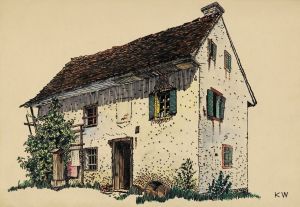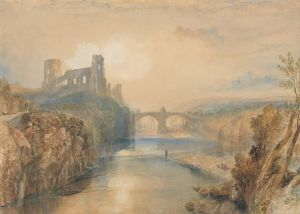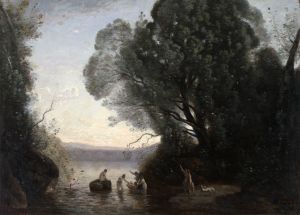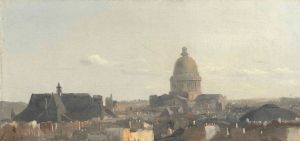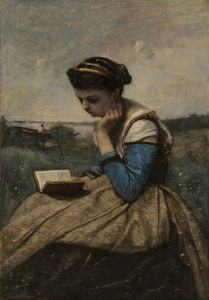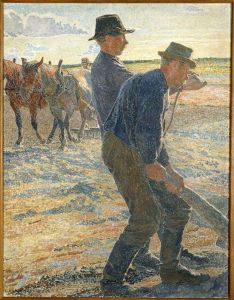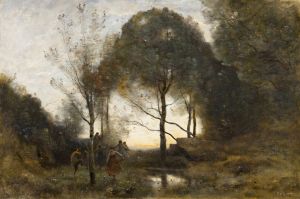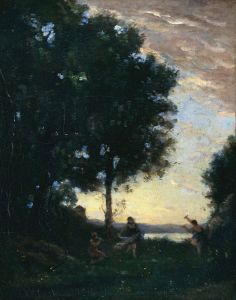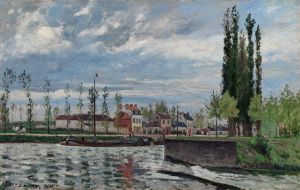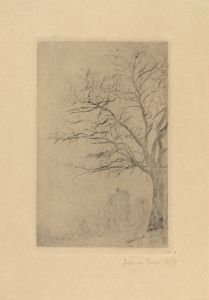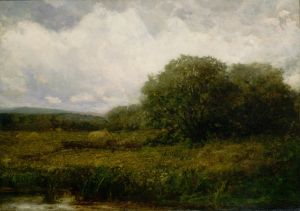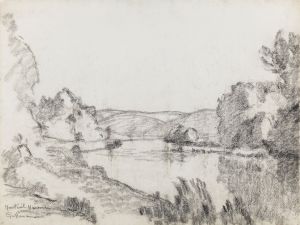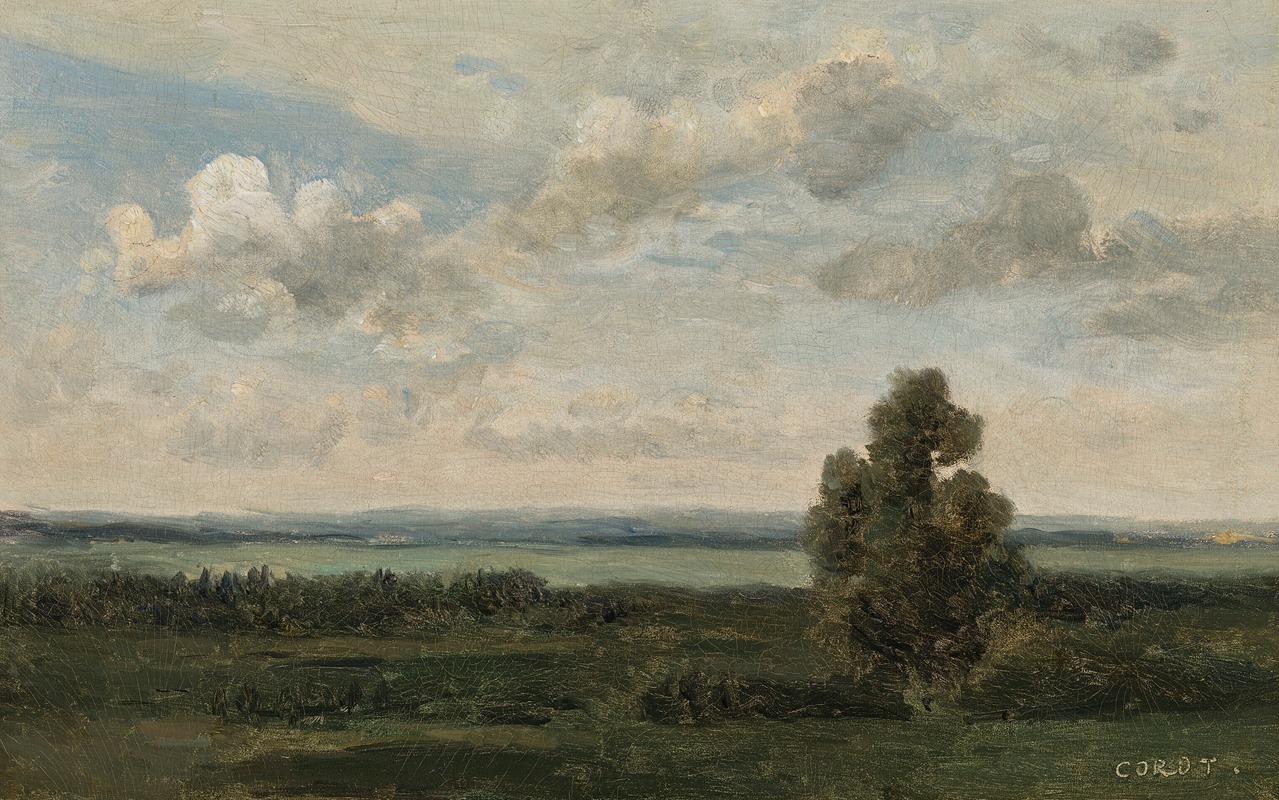
Plaines Orléanaises
A hand-painted replica of Jean-Baptiste-Camille Corot’s masterpiece Plaines Orléanaises, meticulously crafted by professional artists to capture the true essence of the original. Each piece is created with museum-quality canvas and rare mineral pigments, carefully painted by experienced artists with delicate brushstrokes and rich, layered colors to perfectly recreate the texture of the original artwork. Unlike machine-printed reproductions, this hand-painted version brings the painting to life, infused with the artist’s emotions and skill in every stroke. Whether for personal collection or home decoration, it instantly elevates the artistic atmosphere of any space.
Jean-Baptiste-Camille Corot, a pivotal figure in the landscape painting genre, created "Plaines Orléanaises" during the 19th century. Corot is renowned for his ability to capture the subtle nuances of light and atmosphere, bridging the gap between the Neoclassical tradition and the burgeoning Impressionist movement. His works often reflect a deep appreciation for nature, characterized by a harmonious blend of realism and poetic interpretation.
"Plaines Orléanaises" exemplifies Corot's mature style, where he skillfully balances detailed observation with a softer, more atmospheric approach. The painting depicts the plains near Orléans, a region in north-central France known for its expansive landscapes and agricultural significance. Corot's choice of this locale highlights his interest in capturing the serene and pastoral aspects of the French countryside.
In this painting, Corot employs a muted color palette, typical of his later works, which enhances the tranquil mood of the scene. The use of soft, diffused light creates a sense of depth and distance, inviting viewers to immerse themselves in the landscape. Corot's brushwork is both precise and fluid, allowing him to convey the textures of the land and sky with remarkable subtlety.
Corot's approach to composition in "Plaines Orléanaises" reflects his mastery of balancing elements within a scene. The painting likely features a foreground with gentle undulations of the land, leading the eye towards a horizon that merges seamlessly with the sky. This compositional technique not only guides the viewer's gaze but also emphasizes the vastness and openness of the plains.
Throughout his career, Corot was known for his plein air painting technique, where he would paint outdoors to capture the natural light and atmosphere directly. This method allowed him to develop a keen sensitivity to the changing effects of light and weather, which is evident in "Plaines Orléanaises." The painting likely captures a specific time of day, with the light conditions contributing to the overall mood and tone of the work.
Corot's influence on later artists, particularly the Impressionists, is well-documented. His ability to convey mood and atmosphere through landscape painting paved the way for artists like Claude Monet and Camille Pissarro, who further explored these themes. "Plaines Orléanaises" stands as a testament to Corot's innovative approach and his enduring impact on the art world.
While specific details about the provenance or exhibition history of "Plaines Orléanaises" may not be extensively documented, the painting remains an important example of Corot's contribution to landscape art. It reflects his dedication to capturing the essence of the natural world and his ability to evoke emotion through his depiction of the French countryside.
In summary, "Plaines Orléanaises" by Jean-Baptiste-Camille Corot is a quintessential example of the artist's landscape work, showcasing his skillful use of light, composition, and atmosphere. Through this painting, Corot not only captures the beauty of the Orléans plains but also solidifies his legacy as a bridge between traditional and modern approaches to art.





